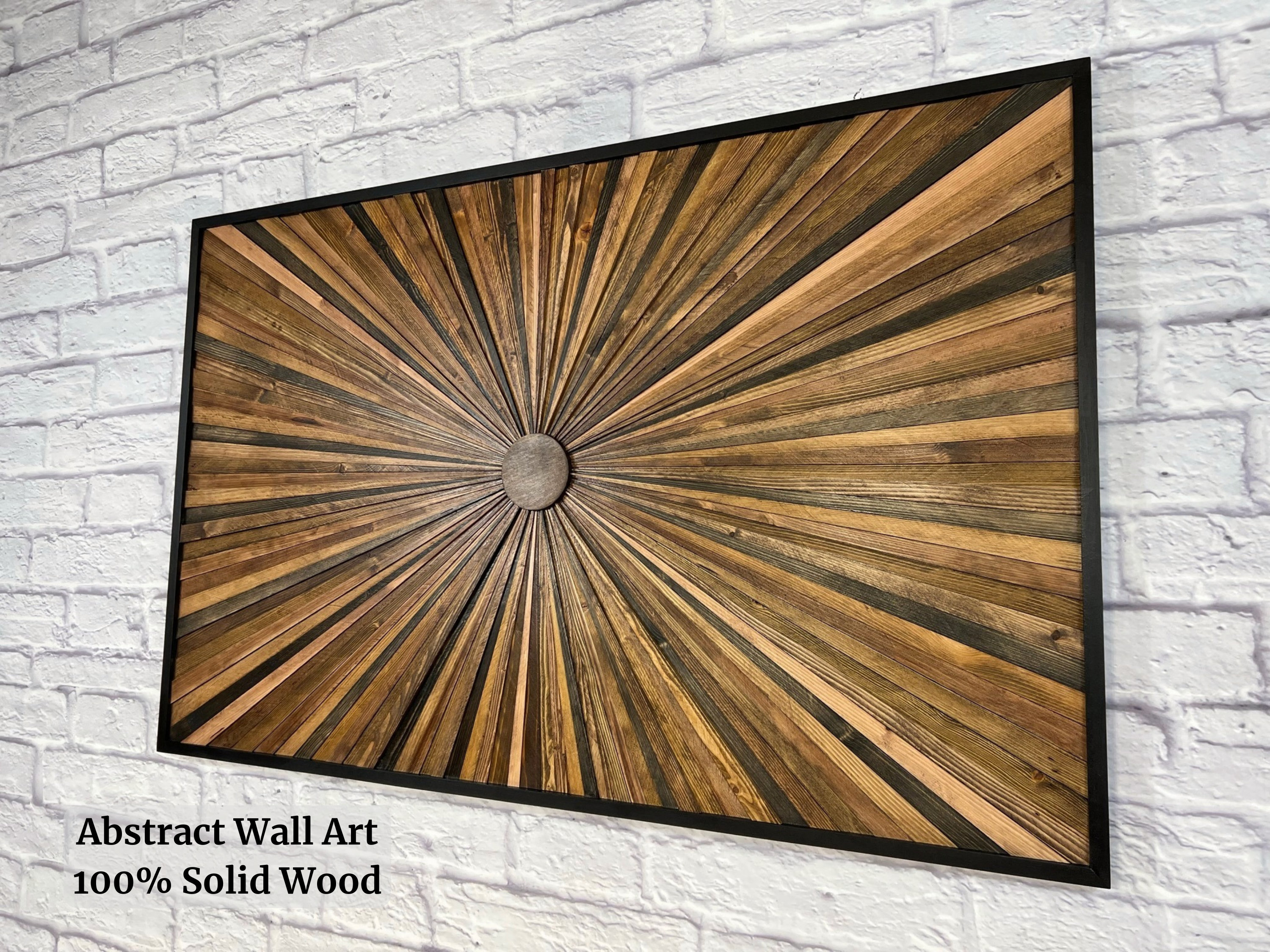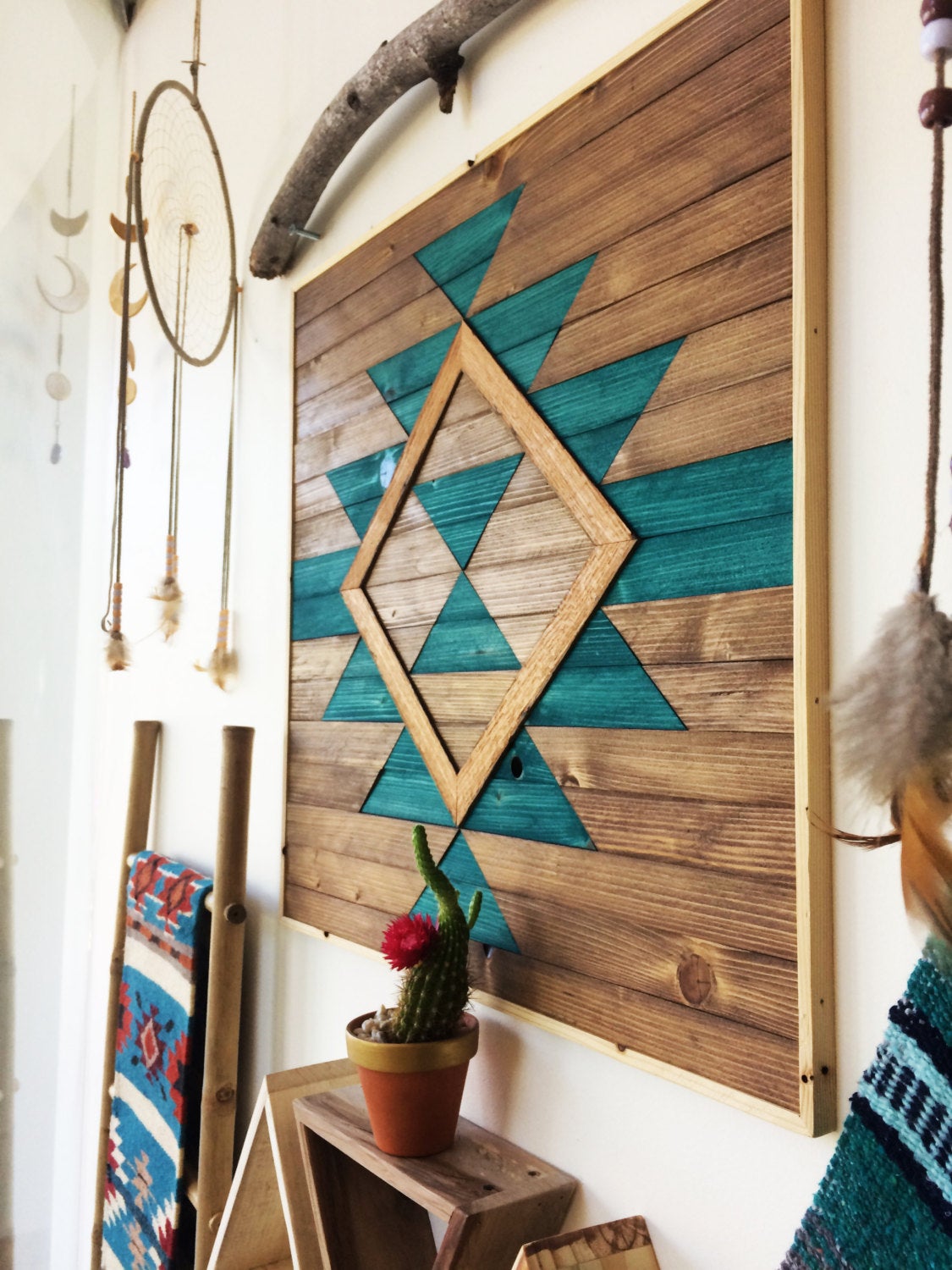Wood art decoration is not just a trend; it’s a reflection of nature’s beauty that can bring warmth and personality to any environment. As a passionate woodworker and art enthusiast, I’ve found that incorporating wood art into home decor is both satisfying and fulfilling. This article explores various aspects of wood art decoration, from its benefits to different styles and techniques, ensuring you have all the information you need to elevate your space.
Understanding Wood Art Decoration
Wood art decoration involves creating artistic pieces using wood, ranging from functional items like furniture to purely decorative pieces. The beauty of wood lies in its variety of textures, colors, and the stories each piece tells.
The Significance of Wood in Art
Wood has been a material of choice for artisans for centuries. Its natural beauty resonates with many, making it an excellent medium for expressing creativity and craftsmanship.
Why Choose Wood Art?
- Eco-Friendly: Wood is a renewable resource, especially when sourced sustainably.
- Unique Aesthetic: Every piece of wood is unique, giving each art piece its distinct character.
- Versatility: Wood can be shaped into countless forms and styles, from rustic to modern.
Types of Wood Art Decoration
There are various types of wood art decoration you can explore. Each type brings a different vibe to your space. Here’s a closer look:
1. Wall Art
Wood wall art has gained immense popularity due to its ability to serve as a focal point in any room. This type of decoration can include wooden panels, sculptures, or framed pieces.

2. Sculptures
Wood sculptures can range from small desk pieces to large outdoor installations. These pieces often carry deep meaning and can tell a story.
3. Furniture Art
Artistic furniture combines functionality with aesthetics. Think of beautifully crafted tables, chairs, and cabinets that double as art pieces in your home.

4. Home Accents
Small wooden items like bowls, coasters, and candle holders can add artistic flair to your home without overwhelming the space.
The Process of Creating Wood Art
Creating wood art is a fulfilling journey that combines skill, patience, and creativity. Below is an overview of the general process:

Step 1: Selecting the Right Wood
Your choice of wood can dramatically affect the outcome of your project. Here are some popular woods used in art:
| Wood Type | Characteristics | Common Uses |
|---|---|---|
| Oak | Durable, heavy, with a prominent grain | Furniture, flooring |
| Pine | Soft, lightweight, affordable | Cabinets, decorative pieces |
| Maple | Strong, fine grain, light color | Bowls, toys |
| Walnut | Rich color, medium hardness | Luxury furniture, cabinetry |
Step 2: Designing the Piece
Once you’ve selected the wood, the next step is to sketch the design. Consider the size of the piece and how it will fit into your space. I often create multiple drafts before settling on a final design.

Step 3: Cutting and Shaping
This is where the actual woodworking comes into play. Depending on the piece, you may need a variety of tools, from saws to chisels.
Step 4: Sanding and Finishing
Sanding is crucial for achieving a smooth finish, while applying a sealant or stain can enhance the natural beauty of the wood.

Popular Wood Art Styles
Different styles of wood art can resonate with different personalities and tastes. Here are a few popular styles to consider:
Rustic
The rustic style embraces imperfections and celebrates natural textures. It’s perfect for creating a cozy, homey atmosphere.

Modern
Modern wood art often features clean lines and minimalistic designs. It suits contemporary spaces beautifully.
Eclectic
This style mixes various elements and can include vibrant colors, unconventional shapes, and mixed media.
Traditional
Traditional wood art often reflects cultural heritage and craftsmanship, featuring intricate carvings and detailed embellishments.
Tips for Incorporating Wood Art in Your Home
Now that you know the types and styles of wood art decoration, here are some tips on how to incorporate them effectively into your space:
1. Choose the Right Location
Consider high-visibility areas such as living rooms, entryways, or above mantels for larger pieces. Smaller accents can complement shelves, coffee tables, or nightstands.
2. Create a Gallery Wall
Mix various wood art pieces in different sizes to create an engaging gallery wall. Make sure to balance the colors and textures for a cohesive look.
3. Mix with Other Materials
Wood art pairs wonderfully with metals, glass, and fabrics. Don’t hesitate to mix and match to create an interesting aesthetic.
4. Seasonal Decor Switch-Up
Consider swapping out wood art pieces with the seasons. Incorporating seasonal themes can keep your decor fresh and engaging.
Pros and Cons of Wood Art Decoration
Like any home decor choice, wood art comes with its advantages and potential downsides. Here’s a quick breakdown:
| Pros | Cons |
|---|---|
| Natural beauty and character | Can be expensive depending on craftsmanship |
| Durability and longevity | Requires maintenance to prevent damage |
| Eco-friendly options available | May not fit all decor styles |
| Timeless appeal | Some pieces may be heavy and difficult to move |
Finding Quality Wood Art
When searching for wood art decoration, consider these tips for finding high-quality pieces:
1. Shop Local Artisans
Local artisans often create unique, handcrafted pieces that tell a story. You can find them at craft fairs or local galleries.
2. Online Marketplace Exploration
Websites like Etsy or specialized art sites offer a vast range of wood art. Be sure to check reviews and seller ratings.
3. DIY Projects
If you’re feeling creative, consider making your own wood art. There are plenty of tutorials online to guide you through projects of varying complexities.
FAQs about Wood Art Decoration
What is the best wood for art projects?
Softwoods like pine and hardwoods like oak are popular choices due to their availability and workability.
How do I maintain wood art pieces?
Regular dusting and occasional polishing with wood oil can keep your pieces looking their best.
Can I use wood art outdoors?
Yes! However, make sure to choose treated wood or apply a protective finish to withstand the elements.
Is wood art expensive?
The price of wood art can vary greatly depending on the size, style, and craftsmanship. There are options available for various budgets.
How can I customize wood art?
Custom wood art can be made by commissioning local artisans or by modifying existing pieces with paint or additional elements.
Conclusion
Wood art decoration is a versatile and timeless choice for enhancing any space. Whether you choose to invest in a unique piece from a local artisan or embark on a DIY project, the beauty and warmth of wood can truly transform your home. Embrace the natural aesthetics and let your creativity flow!